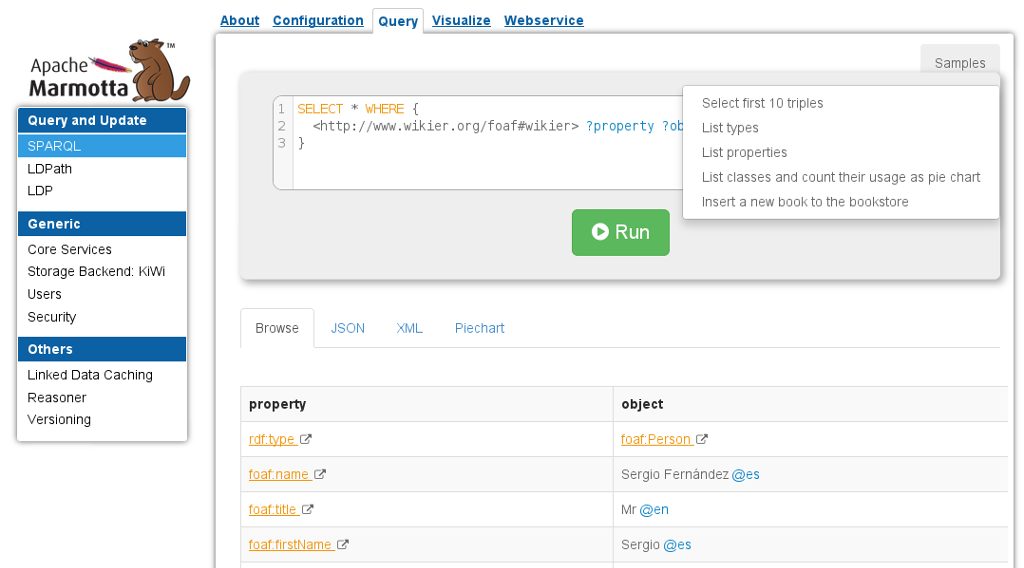Just some follow up on this - I'm writing functions to extract entities, agents, etc in python, and for the most part I can use the http://www.w3.org/2000/01/rdf-schema#label to get a human readable thing, but for a subset of the terms that describe specific values (eg, p-value,) there is nowhere that I can figure out what the value is, at least programatically. This is an issue because I can make an association between a peak having a value, and the peak being associated with other things, but I don't actually know what that value means.
And some general feedback - I've been working for about 36 hours now doing the simple task of getting a .ttl file automatically into a table, and it's impossible. I have used rdf and sparql before, I catch on to computer-y things quickly, and working with this data structure is highly annoying. The ideas behind such a standard are ok in theory, but terrible in practice.
For example, we are not good at searching the internet because Google told everyone to make their sites with a particular format or structure, but because tools were developed that were flexible to work with the formats and structures that were most easily integrated into workflows and thus used.




Are there examples for reading a provn file and using it to first validate a ttl file, and then extract the fields for use? I found examples of using the provn file to get the ttl path, but it seems like most reading of the file is just opening as text and doing regular expressions.